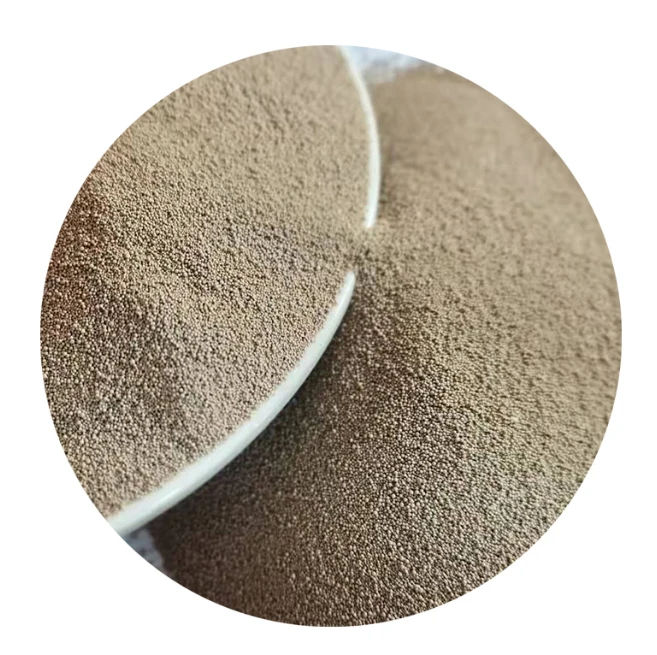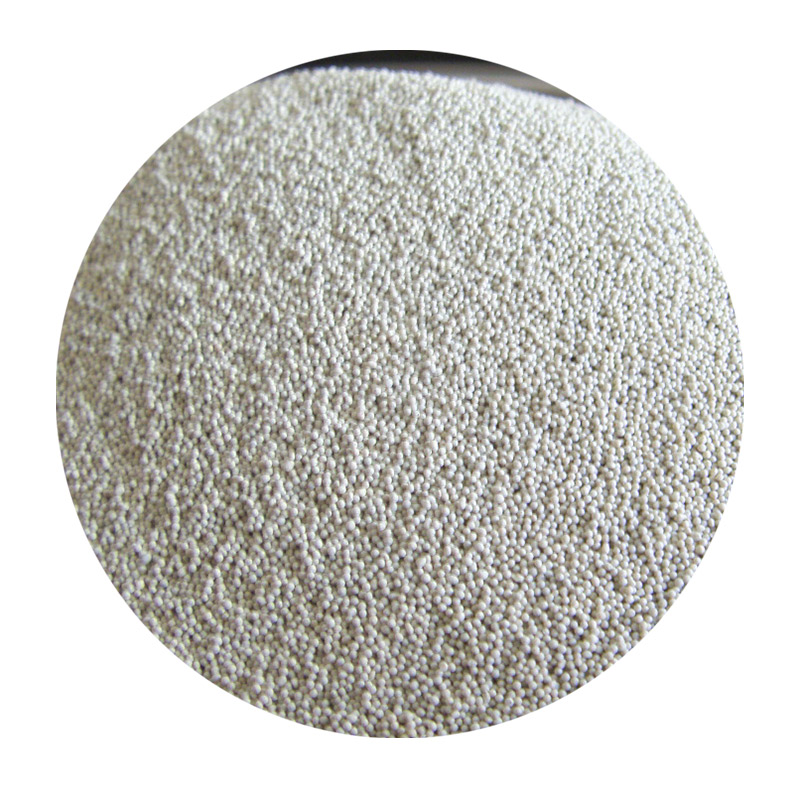- Overview of metal casting processes
- Technical superiority of sand-based methods
- Industrial benchmarks: Performance comparison
- Manufacturer capabilities analysis
- Custom engineering solutions
- Implementation case studies
- Future development roadmap

(open sand casting)
Understanding Open Sand Casting Fundamentals
Open sand casting dominates 68% of global ferrous metal production, offering unparalleled design flexibility for components weighing 0.5kg to 300 tons. This expendable mold process utilizes silica sand mixtures with 4-10% binder content, achieving dimensional tolerances of ±1.5mm for initial 300mm. Unlike permanent mold alternatives, it accommodates complex geometries through reusable pattern equipment, reducing tooling costs by 40-75% compared to die casting.
Technological Advantages in Modern Foundries
Advanced sand conditioning systems now achieve 92% material reclamation rates, with automated molding lines producing 120-400 molds/hour. The table below compares critical parameters across casting methods:
| Parameter | Open Sand | Die Casting | Permanent Mold |
|---|---|---|---|
| Tooling Cost | $5-50k | $100-500k | $25-200k |
| Cycle Time | 2-48 hrs | 30-300 sec | 5-60 min |
| Surface Finish | Ra 12.5-25μm | Ra 0.8-3.2μm | Ra 3.2-12.5μm |
| Minimum Thickness | 3mm | 0.6mm | 2mm |
Manufacturing Capacity Assessment
Leading foundries demonstrate 15-30% higher energy efficiency through thermal sand reclamation systems. For high-volume production (50,000+ units), die casting achieves 0.2% scrap rates versus 2-5% in sand processes. However, sand casting maintains dominance for large components, with 80% of mining equipment castings produced through this method.
Customization Capabilities
Modern sand systems enable rapid pattern modifications within 72 hours, compared to 4-12 weeks for hard tooling. Hybrid approaches combine 3D-printed sand cores (accuracy ±0.3mm) with traditional molding, reducing development time by 60% for prototype batches of 5-50 units.
Industry Application Profiles
A recent heavy machinery project achieved 22% weight reduction using optimized sand cast components. The implementation involved:
- 3,800-ton press frame casting (14m x 5m)
- Modified silica sand with 8% phenolic urethane
- Dimensional accuracy improvement from IT15 to IT13
Strategic Development in Metal Forming
Open sand casting continues evolving through digital pattern systems and automated sand testing, with major foundries reporting 18-35% productivity gains. Emerging binder technologies promise 95% emission reduction while maintaining 25-40kN/cm² compression strength in molds.

(open sand casting)
FAQS on open sand casting
Q: What is open sand casting?
A: Open sand casting is a metal casting process where molten metal is poured into an expendable sand mold without a rigid top. It is cost-effective for large, simple parts and commonly used for prototypes or low-volume production.
Q: What is the difference between die casting and sand casting?
A: Die casting uses reusable metal molds and high pressure for fast, high-precision production, ideal for complex parts. Sand casting relies on disposable sand molds for larger, simpler components, making it better for low-volume or bulky items.
Q: How does open sand casting differ from other sand casting methods?
A: Open sand casting lacks a top flask, leaving the mold open during pouring, while traditional sand casting uses a two-part sealed mold. This simplifies the process but limits design complexity and surface finish quality.
Q: What are the key differences between sand casting and permanent mold casting?
A: Sand casting uses disposable sand molds for flexibility in size and design, while permanent mold casting employs reusable metal molds for higher production rates and smoother finishes. The latter suits medium-volume, non-ferrous metals like aluminum.
Q: Which casting method is better for high-volume production: sand casting or die casting?
A: Die casting is superior for high-volume production due to faster cycle times and reusable molds. Sand casting is better for low-volume or oversized parts where tooling costs for die casting would be impractical.
Next:Sustainable Use of Foundry Sand in Concrete Eco-Friendly Solutions
